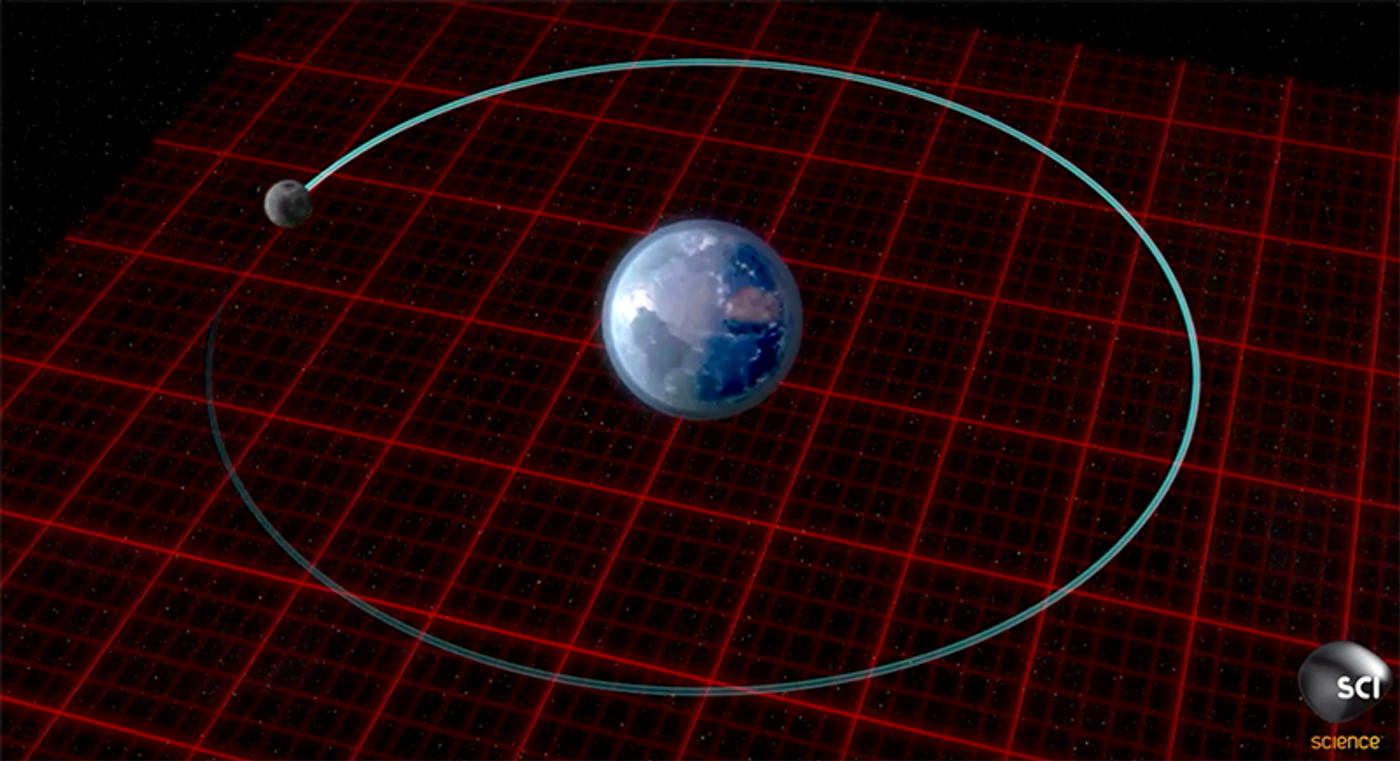Why Does the Moon Have a Dark Side and a Light Side?
We see the moon just about every night that we’re outside and look up into the sky; it’s hard to miss being that it’s a huge white glowing ball reflecting the Sun’s light back at us here on Earth.
One thing that is seriously interesting about the moon is that the large space rock seems to have both a light side and a dark side – the near side is referred to as the 'light side' because it's the side of the moon that we can always see, while the far side is referred to as the ‘dark side’ that we can’t see because it’s never facing us.
As the moon orbits the Earth, the Earth’s gravity clings on to one specific side of the moon, and that’s why the moon always looks the same. Because of this, we never get to see the other side of the moon from here on Earth.
Recently, NASA’s Deep Space Observatory sent back pictures to Earth from about 1 million miles away, showing what the dark side of the moon looked like from its perspective. These images showed the dark side of the moon in the highest detail that we’ve seen since the Soviets took pictures of the dark side of the moon with one of their own spacecraft in 1959.
Scientists were, as you might presume, expecting to see a similar appearance on the back side of the moon that we see on the side of the moon facing the Earth, but they were shocked to see what they actually had found to be a polar opposite.
“When scientists saw the pictures, they were shocked,” a scientist speaking for Science Channel explains. “The far side looked completely different than the near side. It’s saturated with craters. It just was such a huge dichotomy; no one was expecting that at all.”
One side seems to have traces of scarring that appears to be the result of lava coming up to the surface and cooling and then drying, while the other side seems to be completely white without any such scarring.
Notably, both sides of the moon have impact craters from asteroids and other space rocks, but scientists believe that one side of the moon might have a thicker crust than the other, which would explain why one side has lava scarring and the other side does not.
Scientists believe that the reason one side of the moon’s crust is thicker than the other, is because at one point, probably 4.5 billion years ago, there was a second smaller moon tailgating our larger moon that exists today, and eventually, it crashed into the larger moon, causing one side of the moon to obtain what is essentially a ‘new’ layer of crust.
This is what would make up what we know as the ‘dark side’ of the moon today, which has essentially no lava flow scarring despite the craters in the surface.
Source: Science Channel









